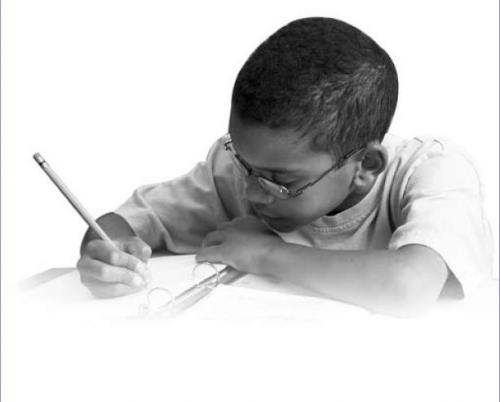How to educate a child with ADHD

Step #1
Understanding Attention Deficit Hyperactivity Disorder is a critical part of parenting or teaching a child with this disorder. ADHD is thought to be a neurological disorder that has been present from childhood and manifests itself through a variety of behaviors. These include hyperactivity, forgetfulness, poor impulse control, and distractibility. ADHD is thought to be a chronic syndrome—that is, one that cannot be cured—although it can be minimized and controlled. The debate over how to treat ADHD is a constant source of discussion and debate in medical circles. Some advocate medication while others support behavior modification in order to minimize the symptoms. No clear-cut solution has presented itself, however, and the generally preferred mode of treatment is medication.
Step #2
Before beginning to teach, it’s best to know what challenges an ADHD child and their caretakers could regularly expect.
• ADHD children require a lot of attention and constant supervision to be kept on task. When there are several other children that need your attention as well, it’s not always possible to focus enough attention on that one student who is disruptive even when you know you need to do exactly that.
• An ADHD student can be very disorganized, with papers and school supplies bursting out of his or her desk.
• The structured school classroom setting can be a tremendous challenge for individuals who have difficulty sitting still, being quiet, and paying attention to the right thing.
• They can’t sit still unless you have them entranced in the lesson, and they are constantly interrupting you while you are teaching. There are times when it literally takes every ounce of patience you can muster up not to yell at the little angel at the top of your lungs.
Step #3
The first step to educate a child with ADHD is to have an IEP (Individualized Education Plan) meeting with the school officials, instructors and parents of the child. The IEP is simply a “game plan” to address problematic issues and figure out ways that all teachers and school personnel can help the child succeed academically.
Step #4
Aside from an IEP, what else can be done in the classroom? Consider the seating plan.
• Move the ADHD student's desk to where there are fewer distractions, near the teacher (for prompting and redirection), away from other challenging students, and not touching others' desks.
• It is usually better to use rows for seating arrangement and to try to avoid tables with groups of students. Often the groups are too distracting for the ADHD child.
• Every once in a while, try arranging desks in a horseshoe shape to allow for appropriate discussion while permitting independent work.
• To minimize distractions, seat the ADHD student away from both the hallway and windows.
Step #5
When presenting a lesson, there are some things you can do to minimize distraction and help the ADHD student gain as much as possible from your instruction.
• Stand near the attention deficit student when giving directions or presenting the lesson. • Provide an outline to ADHD students with key concepts or vocabulary prior to lesson presentation. Also, give them step-by-step instructions on how to complete an assignment, and a checklist that allows them to cross off a step once they complete it.
• Make lessons brief or break longer presentations into discrete segments.
• Be creative! Try to increase the pace of lesson presentation. Work at teaching, motivating, and entertaining. The more exciting a subject is to a child, the better he will learn. Be excited about what you are teaching!
Step #6
To help ADHD students with their greatest of all struggles—organization—try any or all of these ideas:
• Use dividers and folders in his desk so he can easily find things.
• Model an organized classroom and model the strategies you use to cope with disorganization.
• Show that you value organization by following 5 minutes each day for the children to organize their desks, folders, etc.
• Develop a clear system for keeping track of completed and uncompleted work such as having individual hanging files in which each child can place completed work and a special folder for uncompleted work.
• Develop a color coding method for your room in which each subject is associated with a certain color.
Step #7
There are other tips you may want to try when deciding how to educate a child with ADHD.
• When you give assignments to the ADHD child, break them up into small manageable pieces.
• There are certain times of the day when extra concentration will be necessary. It may help to post a daily schedule showing what will be studied and when for the children to refer to. This also reinforces the routine of school and allows the child to know what to expect from one moment to the next.
• Pair students to check work. Provide peer tutoring to help ADD ADHD student's review concepts. Let ADHD students share recently learned concepts with a struggling peer.
• An organizing time at the end of each day can be helpful to gather the necessary materials for the assignments and develop a plan of action for completion. This will greatly aid the development of the "executive processes".

Tips
- Right from day one, make the classroom rules clear and post them where they are visible every moment of every day. Be sure all students know the consequences for violating the rules and be consistent.
Warnings
- Medication can help with ADHD, but other things such as environment, schedule, and attitude must be modified in order to effectively deal with this disorder.
- Provide a safe environment for the child with ADHD. Make sure the child knows you are his friend and you are there to help. Treat him or her with respect. Never belittle in front of peers.





